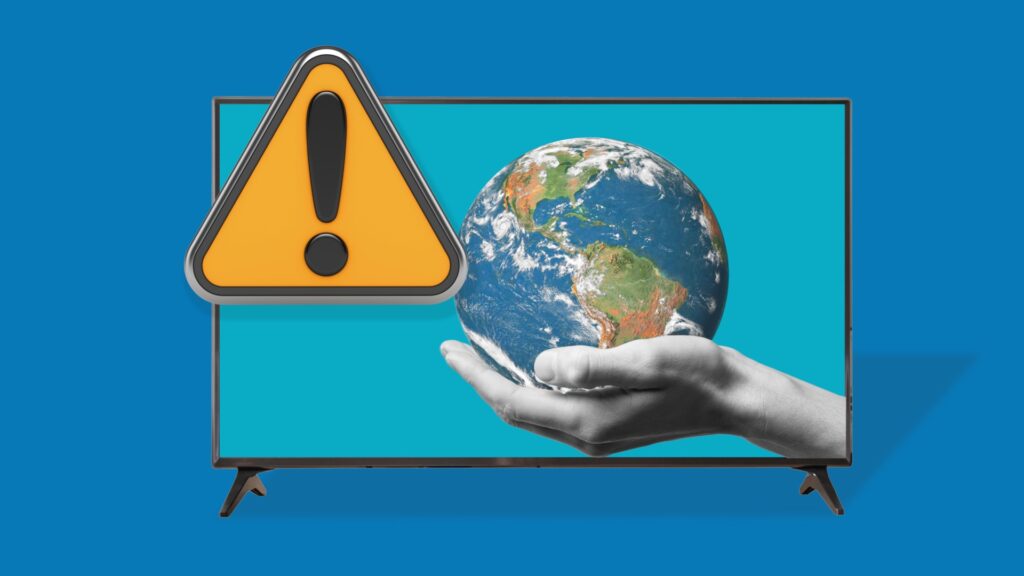Local TV Advertising Costs: 10 Factors to Consider
by Frankie Karrer
1 Min Read
After a rough few years, retailers are more resilient than ever—and preparing for what’s next

4 Min Read
After several years of challenges, many retailers breathed a sigh of relief as they entered 2023. And while it’s true that the unprecedented—and unexpected—-global events of the last few years are mostly behind us, more challenges are appearing on the horizon. Ripple effects from the supply-chain crises, fickle consumer sentiment, and consumption behavior that continues to evolve after being rocked by a once-in-a-century pandemic. It’s a new world, and the old marketing strategies are about as useful today as a phone book listing.
Oliver Embry, Director of Product Innovation at MNTN, recently spoke to Retail TouchPoints on how brands are taking their learnings from the last few years to prepare for what’s coming next. You can watch a full recording of “Resiliency Through CTV: Why The Retail Revolution Will Be Televised” here—or you can keep reading for a high-level recap of what was discussed.
Embry started the presentation by recognizing that the retail industry has had a rough few years. From COVID to lockdowns, and supply chain crises to rising inflation, retailers have had to deal with several unexpected crises in succession. “Some of these unexpected challenges empowered consumers to change their behaviors,” noted Embry. “The ways that consumers shop and the ways that they engage their brands is wildly different than it was three years ago—and it will probably be wildly different in another three years from now.”
“Developing nimble strategies that build into this is paramount to leaning into these announced, and unaccounted, challenges,” said Embry. But while many of these retail challenges are in the rearview mirror, new ones are on the horizon. Embry highlighted some of these, including ongoing ripples from the supply chain crises, geopolitical conflicts, and fickle consumer sentiment. To prepare, retail advertisers have to start thinking strategically—and that means rethinking their relationship with the consumer. “It’s more important than ever to recognize the ways that customers want to engage with your channels and brands,” said Embry. “You now need to meet the customer where they are.”
Embry detailed several best practices that retail advertisers can start employing now to combat future challenges, including matching messaging to consumer behavior. “In the past couple of years, there may have been some downtimes when your customers were a little more price-sensitive,” said Embry. “Or was there a time when you had less opportunity to drive product sales because of supply-chain challenges? During these times, are you able to add new messaging that might change the nuance of a piece of creative or make sense?”
Embry noted that advertisers need to think about how they can improve their messaging from day-to-day and season-to-season. “It increases the lifetime value of the creative you’ve developed across various channels,” said Embry. “Changing the messaging also prevents it from getting stale and dated because it’s not contextually relevant.” Embry elaborated that in times of economic anxiety, consumers are looking for a deal—and updating creative with new promotions or sales helps to increase conversions. Premium CTV platforms like MNTN Performance TV let brands do all of this by helping them monitor campaign performance in real time and optimize or update as needed.
All year long, retailers collect first-party data on their most valuable customers—whether they know it or not. This information is usually proactively given to brands and collected through gift card purchases, website visits, online shopping, loyalty programs, and email newsletters. “What I think is so powerful about this is that it’s a great way to build direct relationships with customers,” said Embry. “They’re not necessarily data points; they’re engagement points. Don’t think of it as a transaction, because there are a lot of ways you can build rich engagement points around your first-party data.”
These audiences are so valuable to advertisers because they let the brand skip the introductory phase. “These customers are already familiar with your brand,” said Embry. “This lets you skip the introductory phase of explaining what your brand is about, and lets you focus less on multiple touchpoints before conversion,” Embry noted that first-party data is increasingly helping retailers reach and convert audiences that have shown higher intent—and CTV advertising is being used to reach these audiences throughout the sales funnel.
Embry had much more ground to cover with Retail TouchPoints, including more best practices, how retailers are streaming their creative production, and more. Click here to watch the full recording.